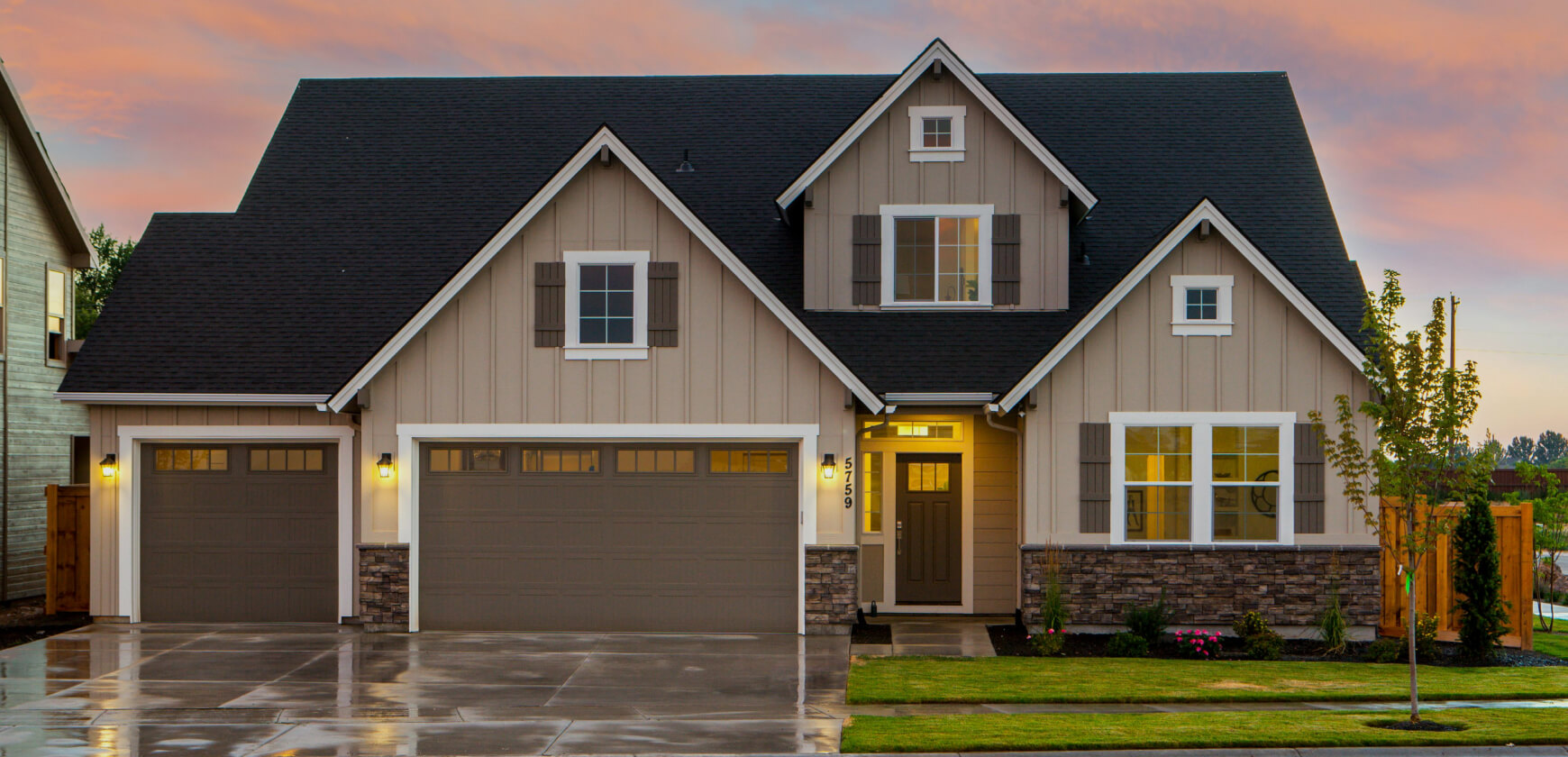5 Sustainable Architecture Trends Redefining Modern Home Design

1. Home renovation news and trends
In an era of climate consciousness, sustainable architecture has evolved far beyond solar panels and energy-efficient lightbulbs. Today’s leading residential architects are reimagining eco-friendly design as a fusion of innovation, aesthetics, and science. Below, we explore five groundbreaking trends transforming how modern homes harmonize with the planet – without sacrificing style or comfort.

1. Passive Solar Design: Working with Nature’s Clock
This ancient-meets-modern approach uses strategic orientation and thermal mass to minimize energy consumption. Key features include:
Sun-path optimized floor plans: Large south-facing windows (in Northern Hemisphere climates) maximize winter sunlight while deep overhangs block summer heat.
Thermal mass materials: Concrete floors or rammed earth walls absorb daytime heat, releasing it gradually at night.
Cross-ventilation corridors: Naturally cool homes through carefully aligned windows and airflow channels.
Case in point: A Colorado mountain home reduced heating costs by 62% using passive solar principles, paired with triple-glazed argon windows.
2. Regenerative Green Roofs: Living Architecture
Modern green roofs now serve multiple ecological functions:
Biodiversity boosters: Native plant species create habitats for pollinators like bees and butterflies.
Stormwater managers: Absorb up to 70% of rainfall, reducing urban runoff.
Natural insulation: Maintain stable indoor temperatures year-round.
Design tip: Pair extensive green roofs (shallow, low-maintenance) with rooftop solar arrays for a doubly sustainable solution.
3. Circular Material Economy: Beauty in Reuse
Forward-thinking architects are turning waste streams into design statements:
Reclaimed brick facades: Salvaged from demolition sites, each weathered brick tells a story.
Terrazzo 2.0: Countertops crafted from recycled glass and concrete fragments.
Structural innovations: Cross-laminated timber (CLT) made from fast-growing pine replaces carbon-intensive steel.
Did you know? The construction industry generates 30% of global landfill waste – circular design practices aim to reverse this statistic.
4. Net-Zero Water Systems: Closing the Loop
Water-independent homes are no longer sci-fi fantasies:
Greywater recycling: Treat shower/sink water for irrigation.
Rainwater harvesting: Modern cisterns blend seamlessly into landscaping.
Xeriscaping: Drought-resistant native plants eliminate thirsty lawns.
Proven results: A California project achieved 92% water self-sufficiency despite strict drought regulations.
5. Biophilic Interiors: Nature as Co-Designer
This neuroscience-backed trend taps into our innate need to connect with nature:
Organic textures: Cork accent walls, hemp textiles, and live-edge wood slabs.
Dynamic daylighting: Light wells and prismatic skylights mimic forest canopy patterns.
Healing geometries: Curved walls and fractal-inspired patterns reduce stress hormones.
Why This Matters for Homeowners
Beyond environmental ethics, sustainable design delivers tangible benefits:
Long-term savings: ENERGY STAR-certified homes save 20-30% on utility bills.
Healthier living: Low-VOC materials and enhanced airflow reduce respiratory issues.
Future-proof value: 73% of homebuyers prioritize eco-features (National Association of Realtors).